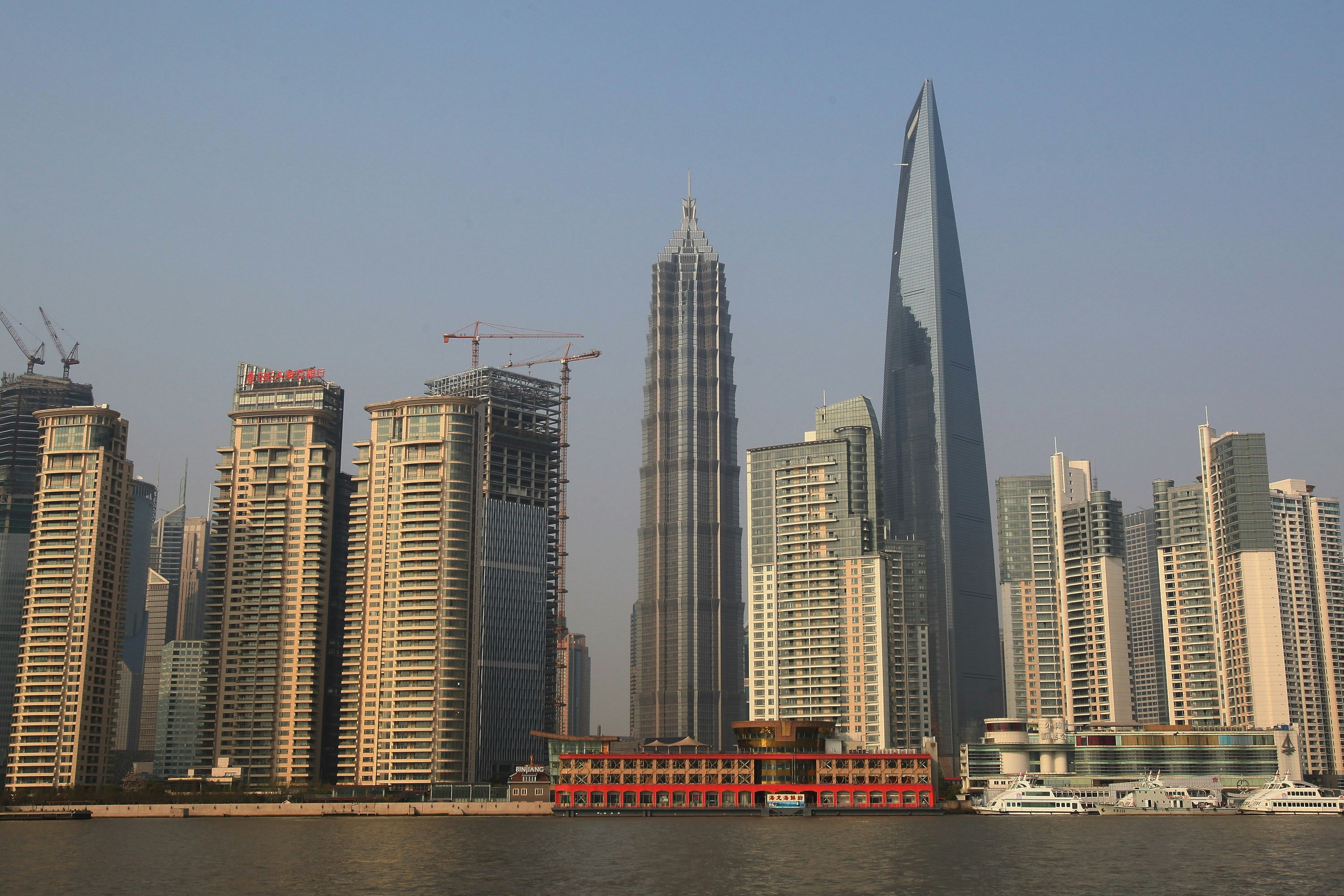

Urbanization is a result of a number of factors, and deeper analysis will be required to determine causality and a more direct correlation between urbanization drivers and population projections. A Yale research group projects that urban land coverage will expand by 463,000 square miles by 2030 to cover just under 10% of the planet’s land, equivalent to 20,000 football fields being paved over every day. Additionally, there are 468 cities with a population of over 1 million, up from 83 in 1950.

There are currently 29 megacities with populations of over 10 million, up from 2 in 1950 and projected to grow to between 41 and 53 by 2030. More than half of urban dwellers live in the 1,022 cities with greater than 500,000 inhabitants. Sources estimate this will grow to 2/3 of world population in the next 15-30 years. Approximately 54% of people worldwide now live in cities, up from 30% in 1950. The United Nations in 2009 and the International Organization for Migration in 2015 both estimated that around 3 million people are moving to cities every week. However, the world has clearly been urbanizing for some time, and experts from major development organizations project this trend to continue into the foreseeable future. There are many questions about what this growth means, how prepared cities are, and if and when it will end. The developing world congregates more in mega-cities, while Americans are increasingly moving to both downtowns and the urban sprawl around dominant business and industry-specific hubs. The rates of change and specific migration patterns differ in various parts of the globe. We are increasingly becoming an urban world. This is a global phenomenon across the spectrum of developed and developing economies. World populations are increasingly moving from rural to urban centers, making for larger cities with greater population density than ever before.


 0 kommentar(er)
0 kommentar(er)
